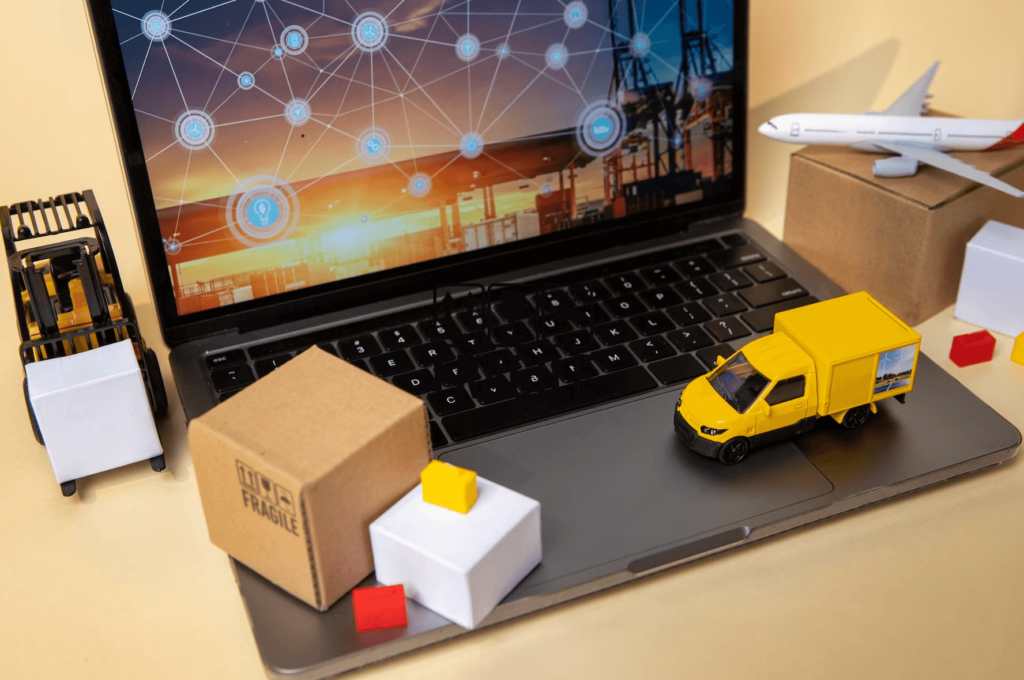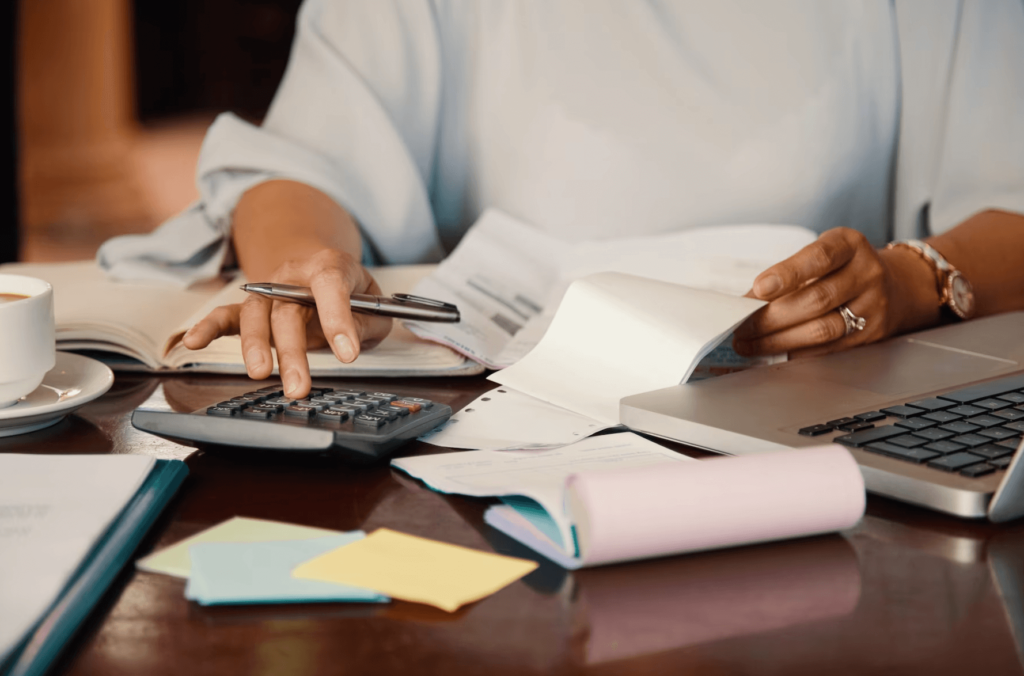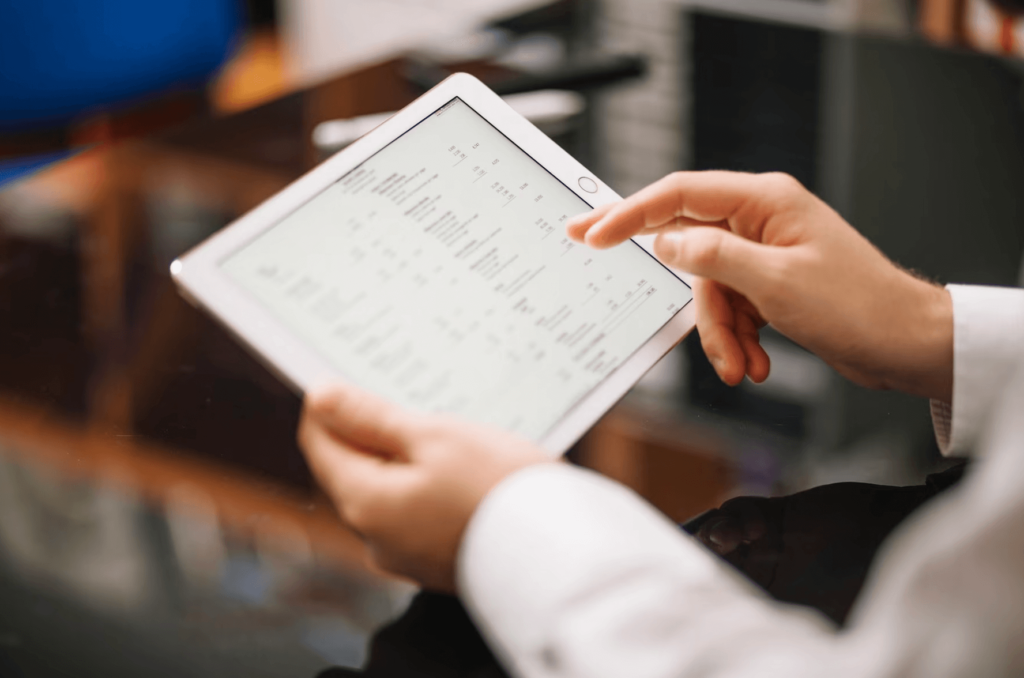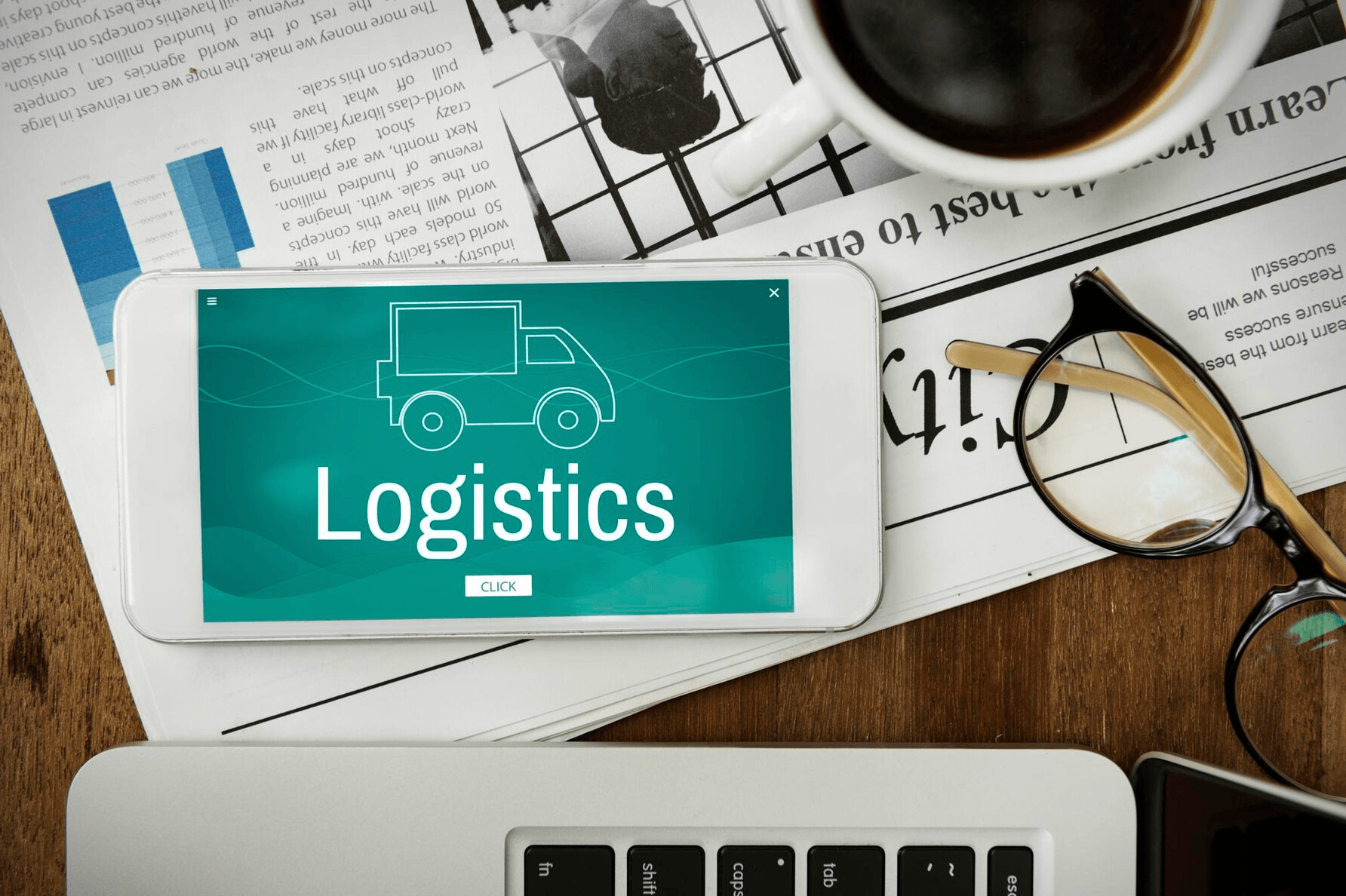In the vast world of logistics management, there is often a overlooked yet crucial aspect: reverse logistics. While traditional logistics focuses on the flow of products from their place of production to the end consumer, reverse logistics deals with the reverse movement. Let us explain it all.
- Reverse Logistics: What is it?
- The Different Types of Reverse Logistics
- Reverse Logistics: Benefits
- Reverse Logistics: Challenges
- Reverse Logistics: The Process
- Reverse Logistics: Success Factors
- Reverse Logistics: Challenges
Reverse Logistics: What is it?
Reverse logistics, also known as returns logistics or recycling logistics, is the process of managing the flow of products and information that move backward in the supply chain. It encompasses everything from collecting used or defective products to recycling, reusing, or disposing of them.
Reverse logistics is important for several reasons:
- It reduces waste.
- It protects the environment.
- It recovers value from used products.
It can also help companies enhance their brand image and customer satisfaction.

The Different Types of Reverse Logistics
There are numerous types of reverse logistics. The most common ones include:
- Product Return Management:
This involves collecting and processing products returned by customers. It may include customer refunds, product recycling, or repairing products for future reuse.
- End-of-Life Product Management:
This involves collecting and processing products that have reached the end of their life cycle. It can include recycling, reusing, or disposing of these products.
- Defective Product Management:
This activity deals with collecting and processing defective products or those damaged during transportation or handling. It may involve recycling, repairing, or disposing of these products.
- Raw Material Management:
This activity focuses on collecting and processing raw materials used in product manufacturing. It can include recycling, reusing, or disposing of these raw materials.
Reverse logistics is a rapidly growing field and is becoming increasingly important for companies across various industries.
Reverse Logistics: Benefits
- Cost Reduction:
By optimizing the collection and processing of returned products, companies can reduce transportation and labor costs. For instance, companies can use return management systems to track the location of returned products and optimize collection routes. Recycling or reusing returned products can also lower waste storage costs. For example, companies can resell returned products in good condition or use them to manufacture new products. Complying with environmental and recycling regulations helps companies avoid fines and additional expenses.

- Improvement in Brand Image
Companies that adopt responsible reverse logistics practices are perceived as more environmentally and sustainability-conscious. This can lead to increased sales and improved customer satisfaction. A study by Harvard University revealed that a company adopting responsible reverse logistics practices can see sales increase by 5 to 10%. Another study found that customers are 63% more likely to buy from a company that offers return and recycling options.
- Enhancement of Customer Satisfaction
Companies offering return and recycling options to customers can meet their needs and foster loyalty. Customers are increasingly aware of the importance of the environment and sustainability, making them more likely to buy from a company that allows them to return or recycle unused products. A study by Stanford University found that customers using return and recycling options are more likely to recommend a company to their friends and family.
- Improved Regulatory Compliance
Companies that adopt responsible reverse logistics practices can comply with environmental and recycling regulations. Environmental and recycling regulations are becoming stricter, and companies failing to comply may face fines and additional costs. By adopting responsible reverse logistics practices, companies can avoid these penalties and protect their reputation.
In conclusion, reverse logistics offers numerous benefits for companies, both economically and in terms of brand image and customer satisfaction. By adopting responsible reverse logistics practices, companies can reduce costs, enhance their brand image and customer satisfaction, and protect the environment.
Reverse Logistics: Challenges
- The ecological challenge: Reverse logistics reduces waste, protects the environment, and recovers the value of used products. For example, a company that recycles products returned by customers reduces its environmental impact.
- The economic challenge: Reverse logistics can help companies reduce costs, improve their brand image, and satisfy customers. For instance, a company using return management systems to track the location of returned products and optimize collection routes reduces its transportation costs.
- The regulatory challenge: Companies must comply with environmental and recycling regulations. For example, a company that does not recycle end-of-life products may be subject to fines and additional fees.
Reverse Logistics: The Process
- Collection
Collection is the first step in the reverse logistics process. It involves collecting used or defective products from customers, businesses, or other stakeholders. Collection can be done in various ways, including:
-
- Customers themselves: They can return used or defective products to the company by mail, land, or sea.
- Reverse logistics companies: Specialized reverse logistics firms can be hired by businesses to collect used or defective products.
- Companies themselves: Companies can collect used or defective products from customers or points of sale.
Collection is a crucial step in the reverse logistics process because it ensures the return of products to businesses. This allows companies to process products and recycle, reuse, or dispose of them appropriately.
- Transport
Once collected, the products need to be transported to a processing facility. This facility can be a recycling center, a reuse center, or a disposal site. Transporting used or defective products can be challenging due to their size, weight, and vulnerability. Selecting an appropriate mode of transportation is important to ensure the products’ safety during transit.
To improve costs and enhance customer satisfaction, it’s important to optimize transportation routes.
- The Processing
The processing step involves evaluating the collected products to determine their condition and value. Products can be recycled, reused, or destroyed. The decision to treat products as recycled, reused, or destroyed is based on several factors, including:
-
- Product condition: Products in good condition can be reused or recycled, while damaged or used products may need to be destroyed.
- Product value: High-value products can be recycled or reused, whereas low-value products might be candidates for destruction.
- Environmental regulations: Companies must adhere to environmental regulations concerning recycling, reuse, or disposal of products.
- Reutilization
Products still in good condition can be reused. Reuse is a treatment option that extends the life of products and reduces waste. Reused products can be resold, donated, or used by the companies themselves.
- Recycling
Products that cannot be reused can be recycled. Recycling is a treatment option that recovers raw materials from products to manufacture new ones. Recycled products are typically transformed into primary, secondary, or tertiary raw materials.
- Destruction
Products that cannot be recycled or reused must be destroyed. Destruction is a treatment option that mitigates security or environmental risks. Typically, destroyed products are incinerated or buried.
Reverse Logistics: Success Factors
Reverse logistics is a complex, multi-step process that can be challenging to manage. However, several key factors contribute to the success of reverse logistics.
Here are some of the primary success factors for reverse logistics:
The first step to the success of reverse logistics is to develop a clear and concise strategy. This strategy should define the goals of reverse logistics, the processes, and the resources required to achieve them.
Reverse logistics is a process that requires top-level commitment. Leadership must provide the necessary resources and support for the success of reverse logistics.
Reverse logistics is a process that involves various stakeholders, including customers, suppliers, logistics partners, and regulatory authorities. It is crucial to collaborate with these stakeholders to develop and implement an effective reverse logistics strategy.
Information technology can help improve the efficiency of reverse logistics. Companies can use reverse logistics management systems to track used or defective products, optimize collection and processing routes, and enhance communication with stakeholders.
Here are some additional tips for succeeding in reverse logistics:
- Start with the fundamentals: It’s essential to begin by establishing the basics of reverse logistics, such as collecting used or defective products and processing them.
- Be flexible: The needs of reverse logistics may change over time. It’s important to be flexible and ready to adjust the reverse logistics strategy as per changing requirements.
- Regularly evaluate performance: It’s important to regularly assess the performance of reverse logistics to ensure it meets its objectives. The results of these evaluations can be used to identify areas for improvement.

Reverse Logistics: Challenges
Reverse logistics is a complex, multi-step process that can be challenging to manage. There are several challenges that can be encountered when implementing a reverse logistics strategy:
- Costs: Reverse logistics can be costly due to expenses related to the collection, transportation, processing, and disposal of used or defective products.
- Complexity: Reverse logistics is a complex process that involves multiple stakeholders. Coordinating the efforts of these stakeholders and ensuring that used or defective products are appropriately handled can be challenging.
- Uncertainty: Reverse logistics needs may vary over time based on factors like product changes, changes in consumer behavior, and regulatory changes. Planning and budgeting for reverse logistics can be difficult due to this uncertainty.
- Regulations: Companies must comply with various regulations related to reverse logistics, including environmental, health, and safety regulations. These regulations can be complex and costly to adhere to.

